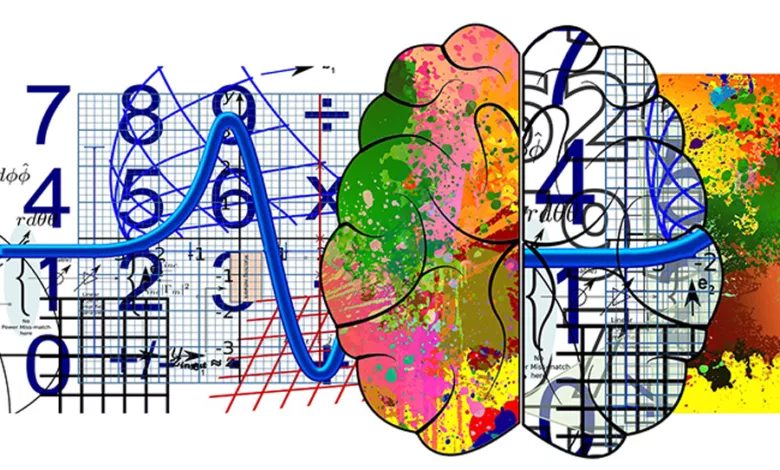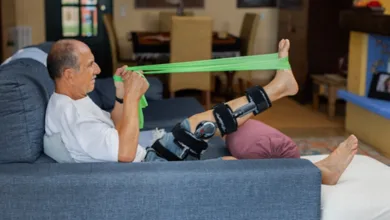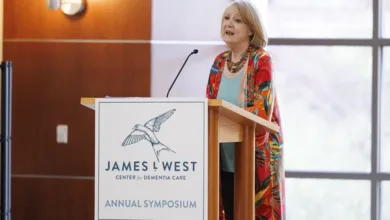Can You Be Left-Brained AND Right-Brained?

Have you ever heard of right- and left-brain dominance? And why does it even matter?
After spending almost 35 years as a registered nurse, I started preparing for my second career as a travel writer. I love to travel and write but realized most of my writing at that point was more technical and science-based. I was trained to save lives, not write a compelling novel.
Travel writing required a whole different and creative thought process. But I mastered it.
When I was preparing for a travel podcast to share my story about becoming a female entrepreneur, I recalled a prominent psychologist’s seminar I attended about right- and left-brain dominance. So, when the podcast interviewer posed the question about how I was able to successfully make the transformation from nurse to travel writer, I had the answer.
The Difference Between the Right and Left Brain
Think of the human brain as having two halves. They look alike. But not only do they control different functions in the body, but they also process information differently.
For those who are more analytical and methodical in their thinking (like a mathematician or accountant), the theory of brain dominance surmises that you are left-brained dominant. Facts, logic, calculations, and linear thinking prevail.
If you’re more creative or artistic, you’re considered right-brain dominant. These typically describe artists and musicians who utilize much more imagination, emotion, and intuition in their daily lives.
Most People Have BOTH Right- and Left-Brain Characteristics
It’s the left side of the brain that keeps us orderly and helps us juggle dozens of everyday tasks. But it’s the right that gives us a deep appreciation of the arts and music. That’s the creative part.
Though each of us may find we’re dominant in one or the other, most people exhibit characteristics of both sides of the brain. And relying on both is the balance we ideally want to achieve. It’s healthy on both physical and psychological levels. And the more we challenge the less dominant side, the more adept we become at harnessing its power.
The best part? By learning a new skill or taking on a new career or hobby, we continue to work that part of the brain. This explains why when a person has a stroke that affects speech for example, the brain allows the individual to re-learn that skill.
Look Beyond the Left/Right Labeling
Understanding if we’re left- or right-brained is not as important as believing we can be trained to use both in learning a new skill. But the first thing we must overcome is something that goes back to our childhood.
How many of us recall the old thinking that boys are the ones good in math and girls are skilled in language arts? Or that someone is “musically inclined” while another has no musical talent whatsoever? Girls were slated into home-economics classes, boys into shop and woodworking.
Time has pretty much debunked this myth. We now have plenty of female pilots and engineers, along with men who are fashion designers and nurses.
I know retired admirals that have some of the most impressive gardens I’ve ever seen. And a former computer software engineer that now runs his own art studio. A cousin of mine — a retired elementary school teacher — now flies her own plane.
It doesn’t matter what you think you’re good at or what you felt pigeonholed to be. What matters most is to do what you love and enjoy. Or learning a new skill you’ve always wanted to learn. Avoid trapping yourself into thinking you’re only a left-brained or right-brained person!
Don’t be afraid to try to do something others may think you can’t do. After all, we only get one trip around the sun. Make it count!





